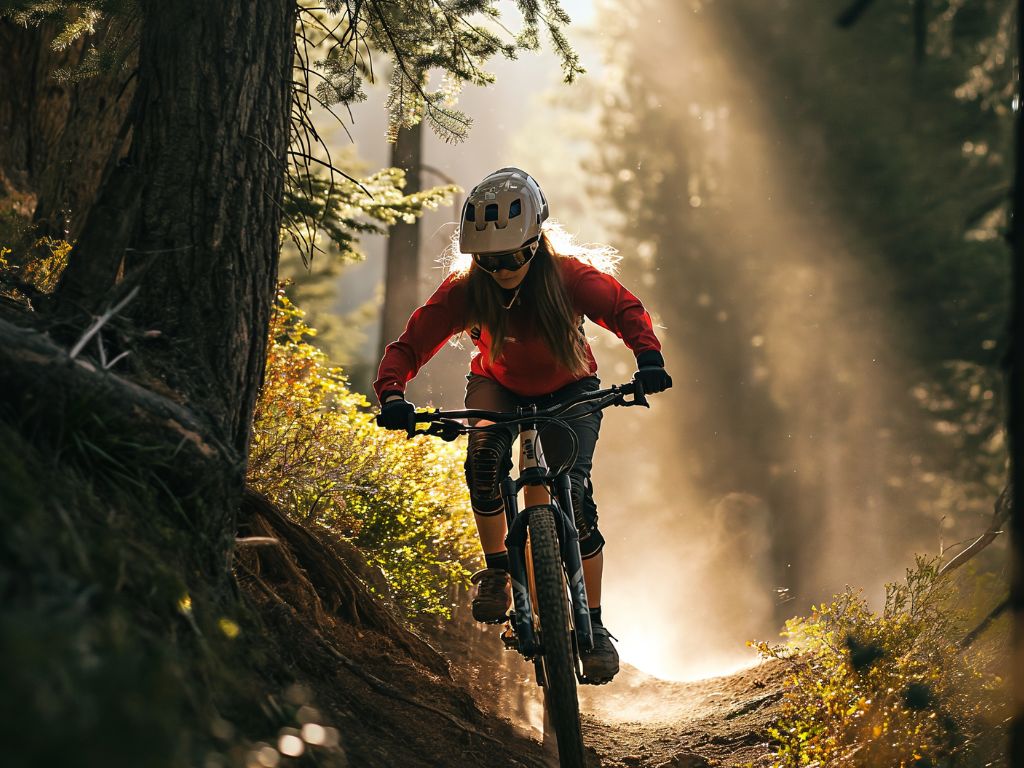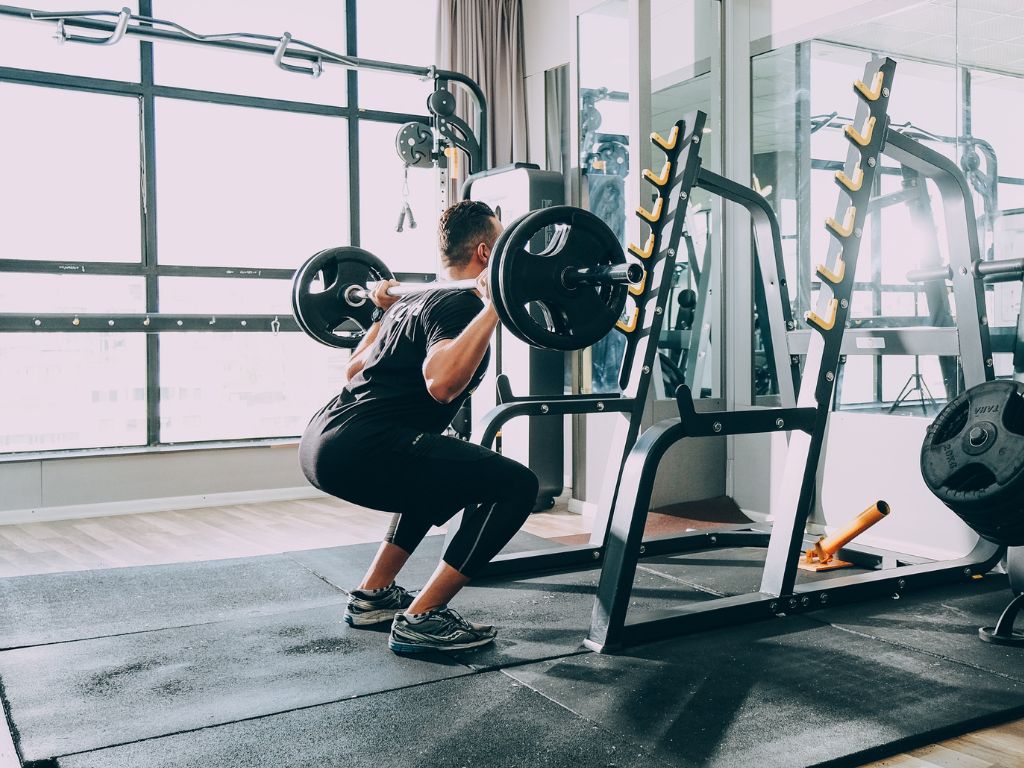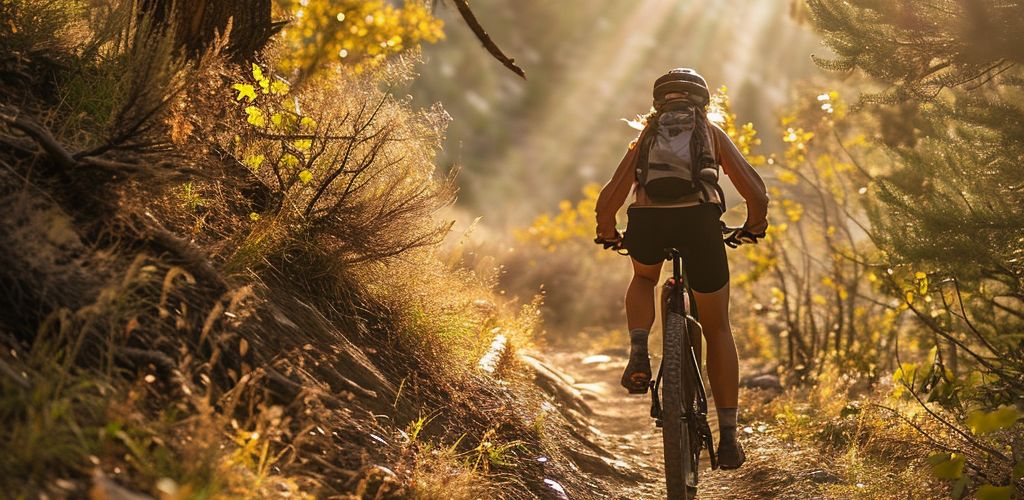Mountain biking is not only a thrilling outdoor sport but also an effective way to strengthen your glutes.
This article explores how the activity targets the gluteal muscles – comprising the gluteus maximus, medius, and minimus – through the biomechanics of biking.
We’ll examine how different terrains impact these muscles, suggest complementary exercises for bikers, and provide tips for enhancing glute engagement while mountain biking.
Anatomy of the Glutes
The gluteal muscles, commonly known as the glutes, comprise three major muscles: the gluteus maximus, medius, and minimus.
The gluteus maximus, the largest of the three, is responsible for the movement of the hip and thigh, playing a crucial role in climbing and pedaling.
The medius and minimus, smaller but significant, aid in stabilizing the pelvis, especially important when biking on uneven terrains.
Biomechanics of Mountain Biking
Mountain biking involves a continuous cycle of pedaling, which primarily engages the gluteus maximus. During uphill climbs, the demand on this muscle increases significantly, leading to more intense muscle work.
The varying intensity and resistance encountered in different terrains stimulate the glutes, contributing to muscle strengthening and growth.

Terrain Types and Their Effects
- Flat Terrains: Riding on flat surfaces requires consistent pedaling, offering a moderate workout for the glutes. This consistent movement helps in toning the muscles.
- Uphill Climbs: The most effective for building glute muscles. The resistance encountered while pedaling uphill demands more power from the gluteus maximus, leading to stronger and more developed muscles.
- Downhill Descents: Although less demanding on the glutes, downhill biking requires good control and stabilization, engaging the gluteus medius and minimus.
Maximizing Glute Engagement in Mountain Biking
Proper Bike Fit: Ensure your bike is properly sized and adjusted. A bike that’s too small or too large can limit the effective engagement of your glute muscles.
Seat Positioning: Adjusting the seat to the correct height and angle can significantly affect how much your glutes are engaged during a ride.
Pedaling Technique: Focus on the full range of motion in the pedal stroke. This ensures that the glutes are fully engaged, particularly during the downstroke.
Interval Training: Incorporating intervals of intense pedaling followed by periods of lighter pedaling can help in building strength and endurance in the glutes.
Cross-Training: Engaging in other sports and exercises that strengthen the glutes can improve overall performance in mountain biking.
Complementary Exercises for Mountain Bikers
To further enhance glute strength, mountain bikers can incorporate specific exercises into their fitness regimen:
- Squats and Lunges: These exercises mimic the action of pedaling uphill, targeting the gluteus maximus.
- Hip Thrusts and Bridges: Excellent for activating the entire gluteal group, particularly beneficial for cyclists.
- Plyometric Exercises: Activities like jump squats add an explosive element, which can be beneficial for sudden, intense biking movements.

Conclusion
Mountain biking does indeed build glutes, primarily through the engagement of the gluteus maximus during pedaling, especially in uphill terrain.
However, the extent of muscle development depends on the type of terrain, biking intensity, and supplementary exercises. Proper biking technique and a well-rounded fitness regimen can greatly enhance the benefits to the glutes.
Whether you’re a seasoned mountain biker or a beginner, understanding and focusing on these aspects can help you maximize the fitness benefits of your biking experience, turning every ride into an opportunity for building strength and endurance in your glutes.

